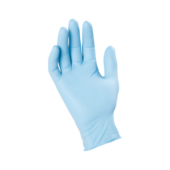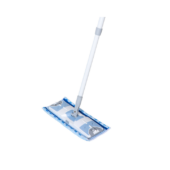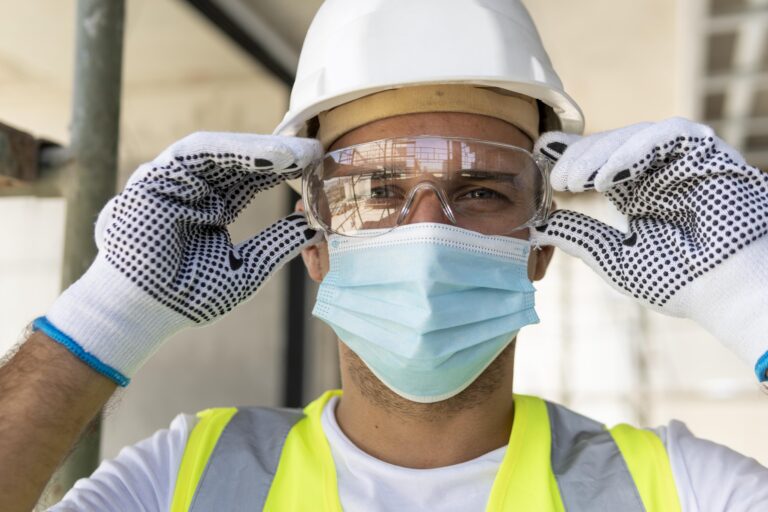In demanding fields like welding, oil and gas, or electrical work, reliable protective clothing is essential. This guide covers everything you need to know about choosing fire-retardant overalls—from industry standards to fit—so you can select gear with confidence.
Afterward, we’ll help you address your next safety needs, such as upgrading gloves or jackets. Count on clear, practical insights that answer your questions and make the most of your time.
For a broader perspective, refer to our comprehensive buyer’s guide on fire-retardant overalls.
Key Considerations When Choosing Fire-Retardant Overalls for Welding
1. Material and Fabric Composition
The material of your fire-retardant overalls determines their durability, comfort, and protection level. Look for fabrics such as treated cotton, Nomex®, or Kevlar® blends that meet European standards for flame protection.
- Treated cotton: Affordable and comfortable, ideal for light welding tasks.
- Nomex® or Kevlar®: Durable and resistant to tears, offering enhanced protection for heavy-duty jobs.
2. Certifications and Standards
Ensure the overalls comply with European safety standards. ISO 11611 ensures protection during welding and similar processes, while EN ISO 11612 focuses on resistance to heat and flame.
These certifications help you confidently select garments that meet rigorous safety expectations. Always check the label or product description for these certifications before purchasing. Learn more about EN Standards from this guide in Wikipedia.
3. Fit and Comfort
Proper fit is essential for both safety and mobility. For instance, overalls that are too tight might hinder your ability to crouch or bend, while properly fitted overalls enhance ease of movement and ensure uninterrupted efficiency during tasks. Most manufacturers offer sizing charts to help you choose the right size. Prioritize adjustable straps and elastic waistbands for a secure fit.
| Size (EU) | Chest (cm) | Waist (cm) | Inseam (cm) |
| 46 | 92-96 | 78-82 | 78 |
| 48 | 96-100 | 82-86 | 80 |
| 50 | 100-104 | 86-90 | 82 |
This sizing chart is just a general idea, to get accurate information for your sizing, consult with the suppliers directly.
4. Additional Features
Look for functional features tailored to welding tasks:
- Pockets with flaps: Protect tools and prevent sparks from entering.
- Double stitching: Ensures durability under heavy use.
- Reinforced knee pads: Provide comfort for welders who often work in kneeling positions.
- Reflective stripes: Improve visibility in low-light workspaces, enhancing overall safety.: Prevent sparks from entering.
Best Practices for Maintaining Fire-Retardant Overalls
To ensure your overalls retain their protective properties, follow these maintenance tips:
- Wash with mild detergents: Using mild detergents ensures that flame-resistant coatings remain effective and durable for prolonged use.
- Air dry when possible: Air drying preserves fabric integrity, contributing to long-lasting and dependable protection.
- Inspect regularly: Regularly inspecting for wear and tear or faded reflective strips helps maintain consistent protection and ensures long-term reliability..: Harsh chemicals can degrade flame-resistant coatings.
For more detailed insights, read Elliotts’ blog on maintaining welding apparel.
Exploring Related Protective Gear
For comprehensive protection, consider pairing your fire-retardant overalls with additional safety gear:
- Fire-retardant Work Trousers: Ideal for tasks requiring more flexibility.
- Fire-retardant Jackets: Offers upper-body protection for non-overall setups.
- Fire-retardant Gloves: Essential for handling heated materials.
- Fire-retardant Shirts: A lightweight option for added layering.
Refer to related guides such as Fire-Retardant Work Trousers: Selecting The Right Protection for more information.
Where to Buy Fire-Retardant Overalls for Welding
When selecting a vendor, prioritize reputable suppliers that provide certified products. At Droppe, we offer a wide range of fire-retardant overalls tailored for welding and other high-risk professions. Explore our collection to find high-quality, certified options that meet your specific needs.
Summary
Choosing the right fire-retardant overalls for welding involves understanding your specific requirements and prioritizing safety standards. By considering factors like material composition, certifications, fit, and additional features, you can ensure you’re well-equipped for the job. Pair your overalls with complementary protective gear for maximum safety, and explore trusted suppliers to find products that align with your needs. For a comprehensive guide to fire-retardant workwear, visit our buyer’s guide.
Related Articles
- Fire-Retardant Work Trousers: Selecting The Right Protection
- Selecting The Best Fire-Retardant Jackets: A Practical Guide
- How To Choose The Right Fire-Retardant Gloves – A Buyer’s Guide
- Welding Gloves: Selecting The Right Pair For Safety
Frequently Asked Questions
Yes, but avoid synthetic fabrics. Opt for natural materials like cotton that won’t melt under heat.
It depends on the frequency of use and exposure to sparks or heat. Inspect them regularly, and replace once you see signs of wear or reduced flame resistance.
Fire-retardant overalls primarily protect against heat and flames. If you work with chemicals, look for garments that specifically offer chemical resistance.
Some materials like Nomex® maintain inherent flame resistance. Treated cotton overalls might need re-treatment over time—check the care instructions or consult the manufacturer.
The same fire-retardant overalls are often suitable for most welding processes. However, if you work with extreme heat or high-splash situations, opt for heavier-duty garments with higher protective ratings.

















